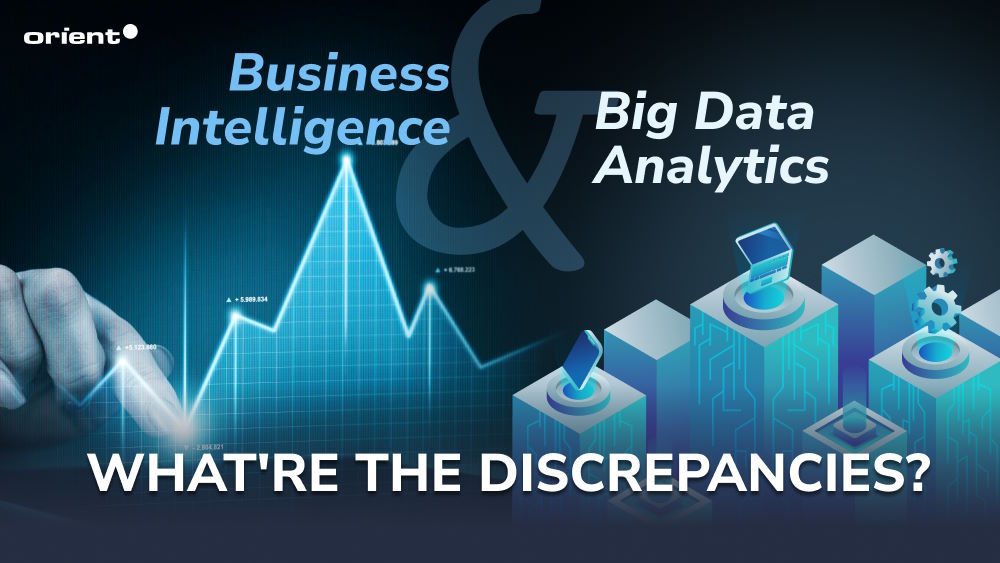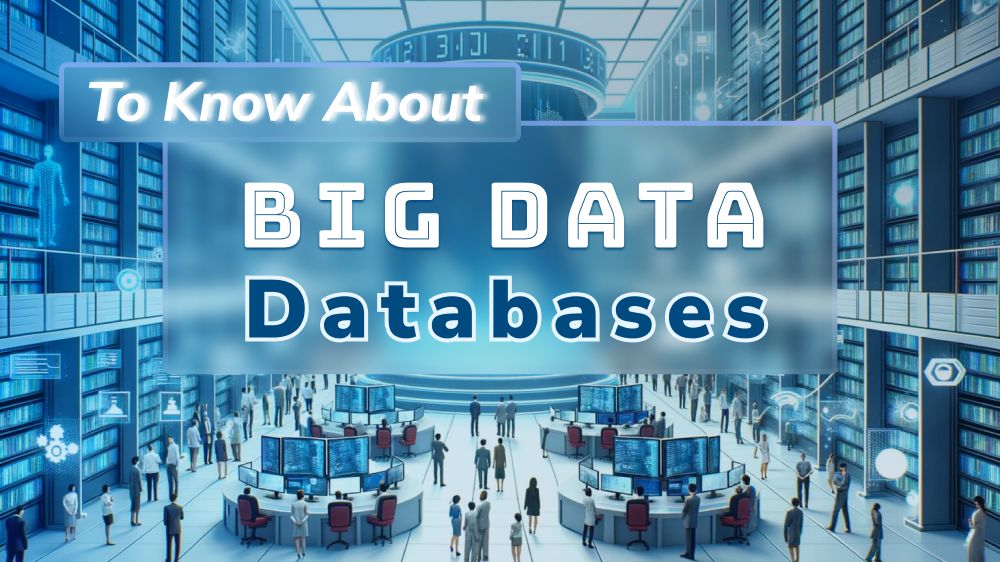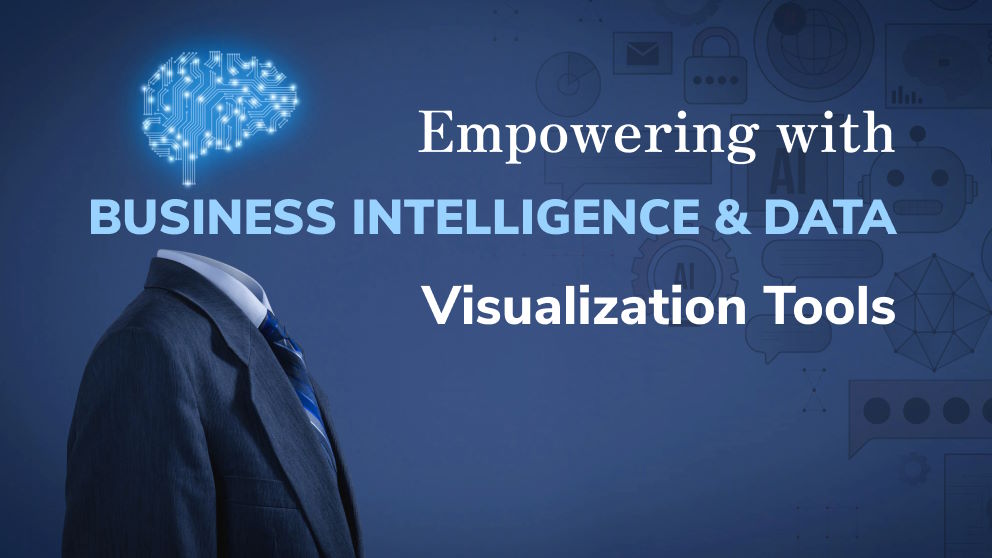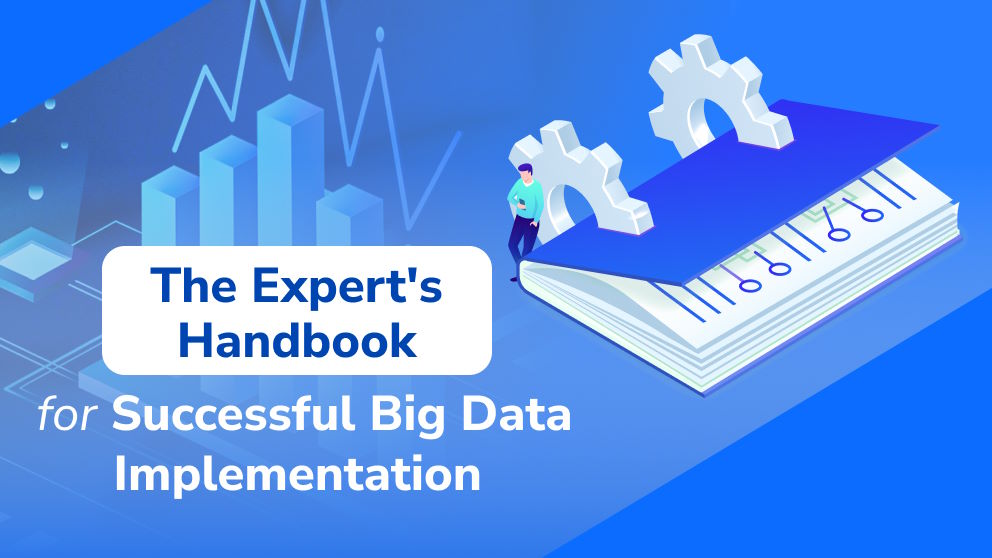Big Data Analytics and Business Intelligence: What're the Discrepancies?

Content Map
More chaptersIn the current data-driven world, with the tremendous growth of business techs, cloud technologies, and mobile applications, many businesses are being heavily controlled by the digital information generated from huge datasets as they operate and grow. Additionally, the evolution and impact of technologies once again create a big boost to the uncontrollable data explosion, leaving business managers and owners no choice but to leverage the power of the data analytics or be cast aside by the competition. At this point, business intelligence (BI) and big data analytics have become two of the most commonly used terms in business circles. However, there is still a big confusion when it comes to an understanding and how they are related to as well as differ from each other. And that’s what we are going to make clear today!
An Overview of Big Data Analytics and Business Intelligence
A Brief Recap of Big Data Analytics
Big data was first coined in 1987 by John Mashey. In its simplest term, it literally refers to the raw data that is large in volume, diverse in a variety of data sources and coming at incredible speed. It can be structured, semi-structured, and unstructured. Among these, unstructured data collectively account for 80 to 90% of big data.
Organizations today are awash in a massive amount of structured and unstructured data, constantly generated by everything from customer transactions and social media interactions to machine sensors, Internet of Things devices, and so forth. According to PWC’s Data the new Smart, there were 4.4 zettabytes of data in the entire digital universe by 2019, and this figure increased tenfold to reach 44 zettabytes in 2022. A zettabyte is equally one trillion gigabytes. So, you can imagine how huge the current volume of data we are having every passing day is. Significantly, the volume of data will upsurge non-stop in the future. Therefore, the big data challenges are not only to collect but also to make sense of complex data in a way that can help businesses gain actionable insights, drive competitive advantage, and make informed business decisions. That’s where big data analytics comes in.
In a word, big data analytics is the use of advanced analytics techniques and technologies to analyze data sets and extract valuable insights. With big data analysis, businesses are empowered to uncover hidden patterns, unknown correlations, and other useful information that ease and speed up the decision-making process and facilitate predicting future outcomes as well as enhancing business intelligence. In the past, big data analytics was mostly associated with data science, and it was performed manually. It involves a wide range of techniques and technologies, from the traditional data warehouses and business intelligence to more modern approaches such as machine learning and artificial intelligence (AI). Now, it’s becoming more mainstream as big data technology and a business function that sits at the heart of every organization. Currently, organizations with different business models are utilizing big data analytics and predictive analytics hands in hand in order to identify trends, improve operational efficiency, and make the most of their marketing efforts.
Definition of Business Intelligence
On the other hand, business Intelligence refers to a process that helps organizations transform their data into actionable insights. It comprises a set of software tools and methodologies (data mining, data management, data visualization, etc.) used to collect, store, access, and analyze relevant data to assist in making sound business decisions. Unlike big data analytics, which mostly focuses on historical data, business intelligence involves both historical and real-time data. The goal of BI is to give organizations visibility into their business operations so that they can make informed decisions and optimize their performance. While BI has been around for decades, it has evolved significantly over the years with the advancement in information technology. In its early days, BI was mainly about generating reports from relational database systems. However, today’s business intelligence is much more than that with the aid of BI systems. It’s more interactive and collaborative, with a focus on data visualization and dashboards that allow users to drill down into data for further data analysis. BI also incorporates self-service analytics, which empowers business users to access and analyze data without having to rely on IT or data analysts. According to Wiiisdom, the global business intelligence adoption rate was around 26% in 2020, and it is predicted not to stop there. By 2023, it is expected that over 33% of global large-sized businesses will embrace business analytics and decision intelligence.
Business Intelligence Vs. Big Data Analytics: What’s the Difference?
Perhaps you may have heard of big data business intelligence. It is a combined term of business analytics that a lot of people make up for big data and business intelligence since they are separated yet related fields of study and practice. The common thing both share is the use of data analytics to empower the decision-making process; however, they are not interchangeable in their focus areas as well as the use of different techniques. The comparison below gives you a high-level overview of the key differences between big data analytics and business intelligence, identified case by case:
Purpose
At a glimpse, both business intelligence and big data analytics aim to assist businesses in making sound decisions by analyzing huge datasets and gaining business-critical insights. However, their focus areas are not the same. If big data analytics only focuses on analyzing large volumes of data to have a better understanding of the hidden patterns and trends, business intelligence is much broader. Business intelligence is mostly concerned with the present state of affairs and making decisions accordingly with greater accuracy. For example, sales reports, marketing analytics, and financial data analysis come under the business intelligence umbrella. On the contrary, if you want to predict customer behavior or find out how a certain change in the market would affect your business, then you need big data analytics.
Data Source
The data sources for business intelligence are mostly internal, such as enterprise resource planning (ERP) systems, customer relationship management (CRM) systems, transaction data, and so on. Big data analytics, on the other hand, can make use of both internal and external data sources. In addition to the traditional data sources mentioned above, big data analytics can also leverage social media data, website clickstream data, weather data, and sensor data, Internet of Things (IoT) devices’ data, to name a few.
Data Volume
The volume of data used in business intelligence is relatively small when compared to big data analytics. This is because business intelligence mainly deals with structured data that is stored in relational databases, whereas big data analytics can handle both structured and unstructured data, including social media data, images, videos, and so on.
Components
The components of big data analytics and business intelligence are different as well. The components of big data analytics include data acquisition, data storage, data processing, data analysis, and decision making. The components of business intelligence include data warehousing, online analytical processing (OLAP), reporting, and dashboards.
Techniques & Tools
The techniques used in big data analytics are mostly predictive in nature, such as regression, classification, and clustering. The techniques used in business intelligence are mostly descriptive in nature, such as trend analysis, drill-down, and slice-and-dice. The tools used in big data analytics are Hadoop, NoSQL databases, and Apache Spark. Although BI is mainly visual in nature, the tools used in business intelligence are relational databases, data visualization tools, and BI systems and platforms, such as Google Analytics, Tableau, and Microsoft Power BI.
Characteristics
The characteristics of big data analytics are volume, velocity, variety, veracity, and value. The characteristics of business intelligence are accessibility, accuracy, and relevancy. Business intelligence is a process that focuses on the present to make decisions accordingly with greater accuracy.
Benefits
The advantages each one offers when they are put into practical applications also make them distinctive. The benefits of business intelligence include real-time insights, better decision-making, increased productivity, and cost savings. Likewise, the benefits of big data analytics include improved customer experience, fraud detection, and risk management, eventually leading to better decision making, cost and resource utilization, sales and revenues, and so forth.
Ultimately, big data analytics and business intelligence are distinct in multiple aspects, yet they are complementary. In the near future, we expect more and more businesses to use both big data analytics and business intelligence to get a complete picture of their customers, operations, and finances. And the evolution of BI and big data analytics will exceed far beyond their current state.







